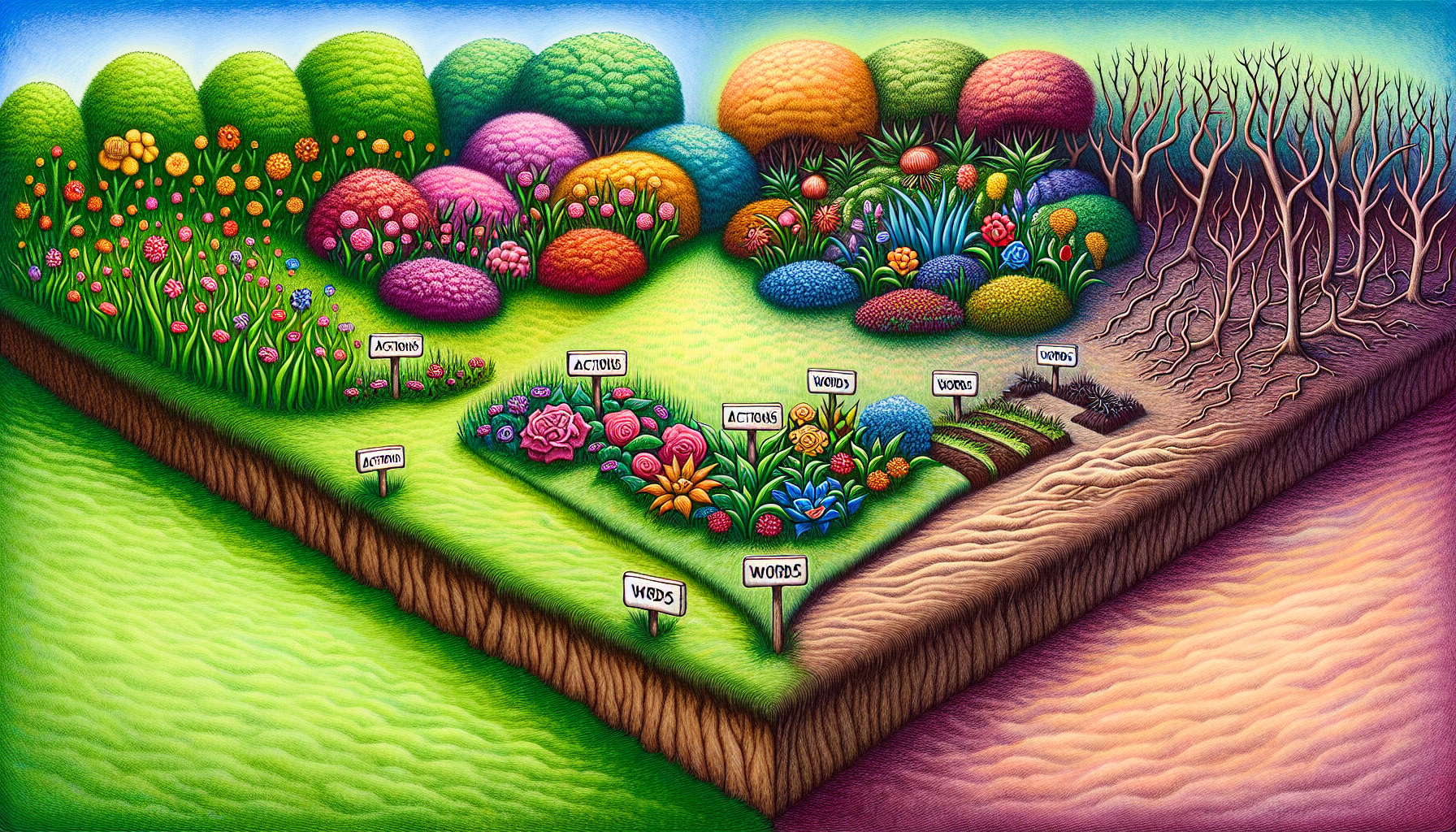The Art of Emotion in Virtual Worlds

At the heart of any impactful VR experience is its ability to stir emotions. The immersive nature of VR allows designers to craft experiences that evoke a spectrum of feelings, from joy and awe to fear and sadness. Unlike passive consumption in other media, VR places users in the center of the action, often making emotional responses more visceral and personal. This capability is not just a technological feat but an art form, requiring a deep understanding of human psychology and the mechanics of emotion. VR offers an unparalleled platform for exploring emotional depth because it creates a sense of presence and immersion that other mediums struggle to achieve. For instance, the palpable tension in a horror VR game can be far more intense than in a traditional film. The user's involvement in the narrative, as an active participant rather than a passive observer, elevates the emotional stakes and personal investment in the storyline.
Crafting Emotional Journeys
Creating emotional depth in VR involves a meticulous blend of narrative, visual aesthetics, interactivity, and sound design. Narratives are crafted to engage users with relatable characters and compelling story arcs. Visual elements, from color schemes to spatial designs, are curated to evoke specific moods. Interactivity, a hallmark of VR, gives users agency, making their choices impactful, thus heightening emotional investment. Sound design, too, plays a pivotal role, with carefully curated audio cues enhancing the emotional texture of the experience. An exemplary illustration of this is "The Under Presents" by Tender Claws, a VR experience that leverages live actors and interactive storytelling to evoke a range of emotions, from laughter to melancholy. In this experience, users are immersed in a theatrical world where their interactions shape the narrative, creating a sense of connection and empathy with the characters and the unfolding story. This dynamic interaction allows for a personalized emotional journey, making the experience uniquely impactful to each user.
The Psychology of Immersive Emotions
To design these emotional experiences, VR creators draw from psychological principles. They leverage concepts like presence—the sense of being "there" in the virtual environment—and empathy, which can be heightened through perspective-taking and narrative immersion. Studies have shown that VR can significantly enhance empathy by allowing users to experience the world from another's viewpoint, a powerful tool for evoking emotional responses. The emotional impact of VR is also tied to its ability to simulate real-world interactions and environments. The brain often processes VR stimuli as real, making experiences more intense and memorable. This realism can be leveraged to create emotional learning experiences, where users not only feel emotions but also gain insights and understanding. For example, VR programs designed for empathy training in medical professionals enable them to see through the eyes of patients, fostering compassion and understanding that translates into real-world interactions.
Shaping the Future of VR Storytelling
The art of emotion in virtual worlds is shaping the future of VR storytelling. As technology advances, the potential for more nuanced and sophisticated emotional experiences grows. The integration of artificial intelligence (AI), for instance, could allow for dynamic storylines that adapt to user emotions, creating personalized emotional journeys. Moreover, the ability to evoke emotions in VR has significant implications beyond entertainment. In education, emotive VR experiences can enhance engagement and retention. For example, history lessons can be transformed into immersive experiences that allow students to witness historical events firsthand, making the learning experience more impactful. In therapy, VR offers new avenues for empathy-building and emotional processing, providing safe environments for patients to confront and work through their emotions. In activism, VR can serve as a powerful tool for raising awareness and inspiring action, by immersing users in the experiences of others and fostering a deeper understanding of social issues.
The art of emotion in virtual worlds is a testament to the transformative power of VR. By blending technology with artistic and psychological insights, VR designers are crafting experiences that not only entertain but also resonate deeply with users. As VR continues to evolve, its capacity to evoke emotions promises to redefine storytelling, offering new ways to understand and connect with the world and each other. In doing so, it challenges us to rethink the boundaries of art and the possibilities of human experience in the digital age. As we embrace this new frontier, the potential for VR to enrich our emotional lives and expand our understanding of the human condition becomes increasingly apparent, heralding a future where technology and art intersect to create profound experiences.
VR Experience Designer
Oculus (Meta), Valve, and HTC Vive
Responsibilities
Design and develop immersive VR experiences that evoke specific emotional responses.
Collaborate with psychologists to integrate emotional and cognitive theories into VR narratives.
Utilize advanced software tools like Unity or Unreal Engine to create interactive environments.
Narrative Designer for Interactive Media
Naughty Dog and Supermassive Games
Responsibilities
Craft compelling storylines that engage users emotionally within interactive and VR platforms.
Work closely with VR developers to ensure seamless integration of narrative elements.
Strong writing skills and understanding of interactive storytelling techniques are essential.
VR Sound Designer
Epic Games and Electronic Arts
Responsibilities
Develop soundscapes that enhance the emotional texture of VR experiences.
Collaborate with VR developers to synchronize audio with visual and interactive elements.
Proficiency in sound editing software like Pro Tools or Logic Pro is required.
VR Psychologist
Stanford University’s Virtual Human Interaction Lab
Responsibilities
Research and apply psychological principles to enhance emotional engagement in VR.
Design VR environments for educational or therapeutic purposes, leveraging empathy and perspective-taking.
Expertise in cognitive psychology and human-computer interaction is beneficial.
AI Engineer for Adaptive Storytelling
IBM, Google, and narrative-focused start-ups
Responsibilities
Develop AI-driven systems that adapt VR storylines based on user emotions and interactions.
Collaborate with narrative designers to create dynamic and personalized VR experiences.
Proficiency in machine learning algorithms and AI programming languages like Python is essential.


